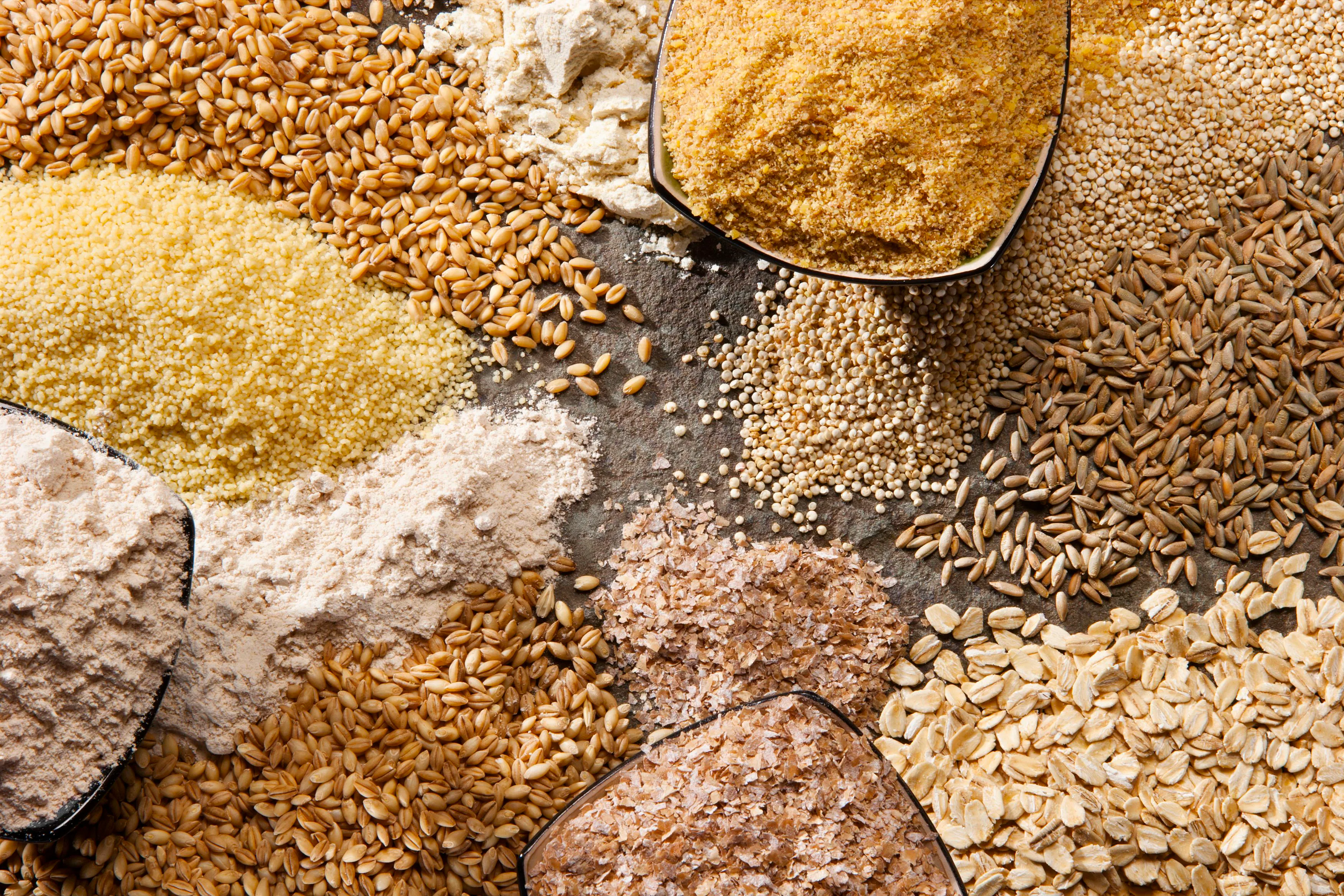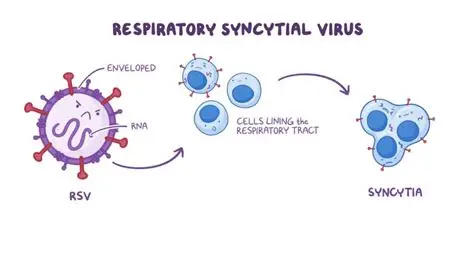
What’s a Whole Grains? Is that good for health?
အောက်ဆုံးထိ ဆွဲကြည့်ပေးကြပါ ခင်ဗျာ
Whole-grain foods are good choices for a nutritious diet. Whole grains provide fiber, vitamins, minerals and other nutrients.
Whole-grain foods help control of cholesterol levels, weight and blood pressure. These foods also help lower the risk of diabetes, heart disease and other conditions.
What is a grain?
Grains are the seeds of grasses grown for food. These plants also are called cereals. Examples of grains include wheat, oats and rice. Each grain, also called a kernel, is made of three parts:
- Bran. Bran is the hard outer coating of a kernel. It has most of the kernel’s fiber. It also has vitamins and minerals.
- Germ. The germ is the part that sprouts into a new plant. It has many vitamins, healthy fats and other natural plant nutrients.
- Endosperm. The endosperm is the energy supply for the seed. It mostly contains starches. It has small amounts of proteins and vitamins. The endosperm has very little fiber.
What nutrients are in whole grains?
The bran from any kind of whole grain is a good source of fiber. Nutrients in whole grains vary. They may include the following nutrients and others:
- Vitamin A.
- Vitamin B-1, also called thiamin.
- Vitamin B-2, also called riboflavin.
- Vitamin B-3, also called niacin.
- Vitamin B-6, also called pyridoxine.
- Vitamin B-9, also called folate.
- Vitamin E.
- Iron.
- Magnesium.
- Phosphorus.
- Selenium.
Types of grains
Foods made from grains fall into these categories:
- Whole grains. Whole grains have all parts of the grain. Whole-grain flour is ground from whole grains. Examples of whole-grain food include brown rice, oatmeal and whole-grain breads.
- Refined grains. Refined grains have the germ and bran removed. These grains have a finer texture and a longer food storage life. This process takes out nearly all of the fiber and many other nutrients. Food with refined grains include white rice and most white breads, pastries, cakes, and crackers.
- Enriched grains. The nutrients removed from refined grains may be added back. These refined grains are called enriched grains. For example, when rice is refined, it loses vitamins, minerals and fiber. Enriched white rice has these vitamins and minerals added back. Fiber usually isn’t replaced in enriched grains.
- Fortified grains. Foods also may have nutrients added that aren’t naturally there. Or food may get a boost in the nutrients that are naturally there. Foods with these extra nutrients are called fortified foods. For example, many breads and breakfast cereals are fortified with folic acid and iron.
The terms “enriched” and “fortified” are often used to mean the same thing. The important point is that whole grain is the most nutritious choice. “Enriched” and “fortified” mean that there is some added benefit.
Benefits of whole-grain foods
The vitamins and minerals in whole grains are important for your overall health. Also, the high fiber content of whole grains may help with:
- Lowering bad cholesterol levels.
- Raising good cholesterol levels.
- Lowering insulin levels.
- Lowering blood pressure.
- Creating a feeling of fullness that can help with weight loss or control.
Studies show high-fiber diets lower the risk of:
- Heart and blood vessel diseases.
- Stroke.
- Type 2 diabetes.
- Cancer of the large intestine and rectum, also called colorectal cancer.
Choosing whole grains

Make at least half the grains in your diet whole grains.
You can find whole-grain versions of rice, bread, cereal, flour and pasta at most grocery stores. Examples of whole grains and whole-grain foods include:
- Barley.
- Bulgur, also called cracked wheat.
- Farro.
- Millet.
- Quinoa.
- Black rice.
- Brown rice.
- Red rice.
- Wild rice.
- Oatmeal.
- Popcorn.
- Whole-wheat flour.
- Whole-grain breakfast cereals.
- Whole-wheat bread, pasta or crackers.
Reference: mayoclinic.org
- What is the message of the song “Imagine” by John Lennon brainly?

- What is the mean of Wind of Change ?

- The Key Vitamin That Prevents Dementia

- Coffee May Help Protect Against AFib, Challenging Advice to Avoid It
- What Is The Difference Between Being Hard of Hearing and Deaf?

- What is Respiratory syncytial virus?



Thanks
Thanks to the author of the article for the knowledge about the grains that we consume every day.🌾🌾🌾🌾🌾🌾
လွမ်းစရာရှိလည်းနာစရာနဲ့ဖြေမယ်😩
Thanks you so much C4Aya…
ကျေးဇူး ပါ❤❤
Thanks you so much for letting me know about whole grains..
And for good song 🎵
I’m interested in this article..
I also like good song 😍
Thanks C4A team…
Nice song😭
(29.9.2023)
Nice article
Thanks song 💞
Thank a lot 💜
Thanks for sharing ❤️
Thanks ❤️
Nice 👍
Thanks for 🎶
Nice 👍
Thanks for 🎶
Thanks for sharing and your efforts.
I really appreciate your article to know about whole grain 🌾
Also thanks for good song ❤️
Nice article 💜
Thanks for good song👍
That is the reason people should choose whole grain toast than others for the breakfast.